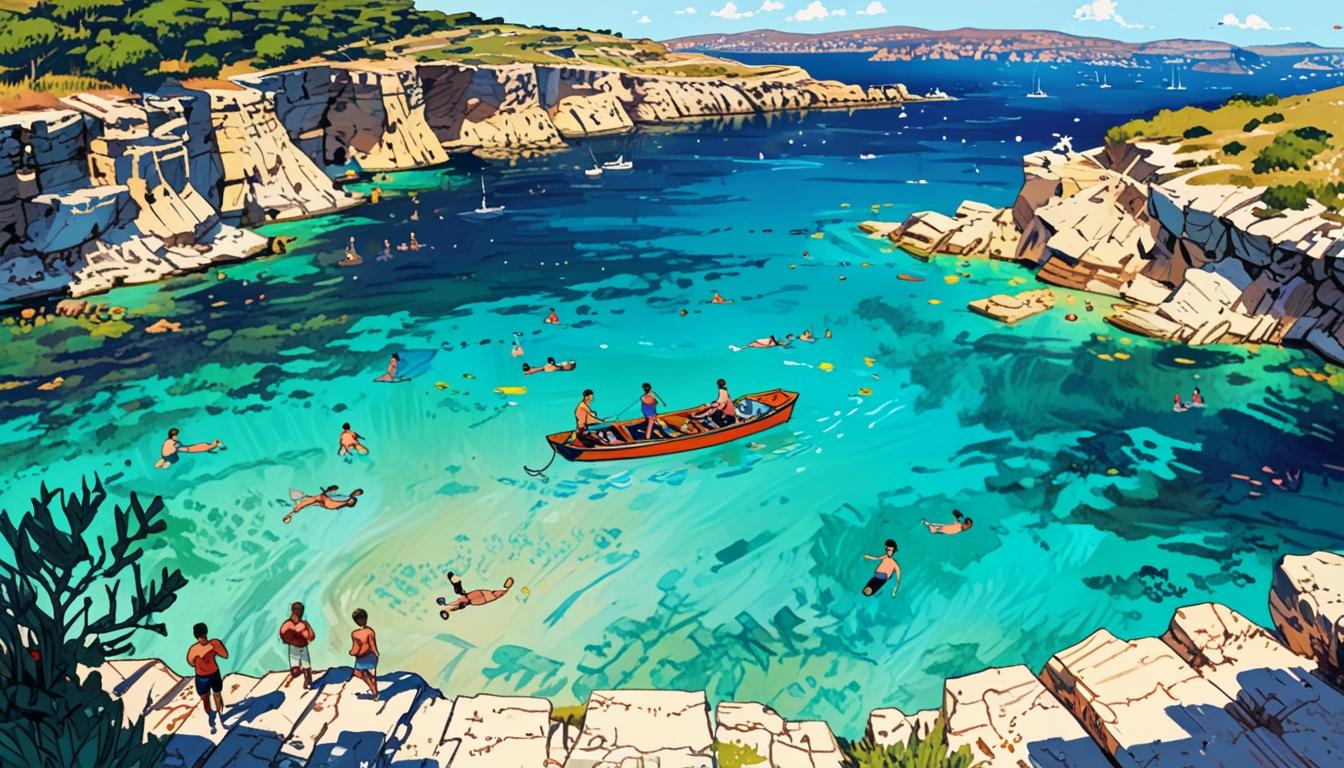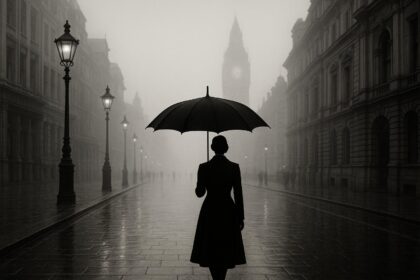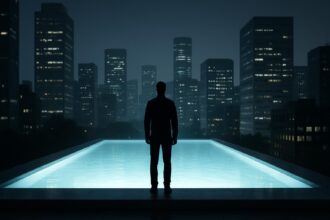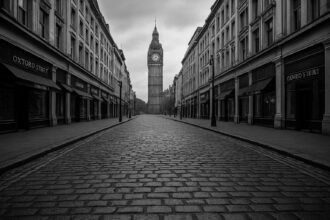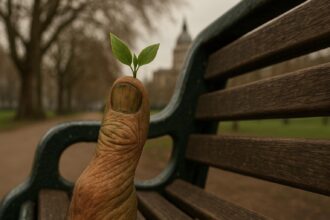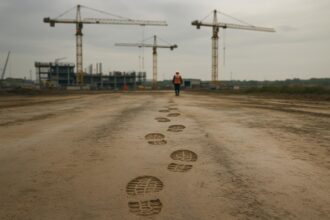The tiny island of Comino faces environmental degradation due to a surge in tourism, prompting campaigners to call for immediate actions to preserve its delicate ecosystem.
Comino, a tiny island located off the coast of Malta, has become a focal point of concern due to the excessive influx of tourists, dramatically impacting its delicate ecosystem and environment. With up to 10,000 visitors arriving daily during the summer months, the situation has escalated to what campaigners describe as a “disaster” area, plagued by litter, noise pollution, and an alarming rise in the rat population.
Once celebrated for its stunning Blue Lagoon, frequently dubbed “the most beautiful spot in the Mediterranean” by Malta’s tourism authority, Comino’s charm is now overshadowed by the challenges posed by overtourism. Reports from the Birmingham Mail indicate that the picturesque cove has transformed into a crowded space where hundreds of tourists compete for limited space, resulting in a chaotic environment. André Callus, a representative from Moviment Graffitti, expressed that the situation is “unbearable,” with commercial boat operators ferrying large crowds from nearby locations like Sliema to the island.
The consequences of this surge in tourism are evident. The island is now home to numerous makeshift bars, which contribute to the littering problem. Mark Sultana, chief executive officer of BirdLife Malta, stated that the environment is suffering due to the trampling of vegetation and the waste produced by thousands of visitors. He noted, “there’s now a rodent infestation” threatening local wildlife, including birds and lizards. The area’s state has been likened to “some run-down favela in some forsaken country,” illustrating the extent of degradation, as highlighted by various locals in letters to the media.
Activists, including Moviment Graffitti, are rallying for significant changes to the management of Comino. In 2022, they staged a protest where they removed sun loungers and parasols to draw attention to the problems caused by the relentless commercialisation of the island. Those from Gozo and Malta have expressed their frustrations, stating that Comino has become so overwhelmed by visitors that local residents no longer frequent the island. Callus noted that the island has been overtaken by “intense commercial interests,” with 11 kiosks operating in such a small area, all focused on maximising profit.
The Maltese government is in a challenging position as it attempts to balance tourism—which significantly contributes to the nation’s economy, accounting for about 15% of its GDP—with the need to protect Comino’s natural beauty. Ian Borg, the Maltese minister for tourism, has suggested a proposal to reduce the number of daily visitors from 10,000 to 5,000. This would require coordination with commercial boat operators to monitor passenger numbers and trips made each day.
Meanwhile, some campaigners are urging for a stricter enforcement of Comino’s status as a nature reserve, advocating for daily waste removal and a tourist cap to preserve the island’s ecological integrity. With Malta’s total visitation numbers reaching 3.6 million last year, there are growing concerns that the rise in tourism is exacerbating environmental issues across the nation, which is home to only around 500,000 residents.
Mark Sultana has articulated the need for the current state of Comino to serve as an awakening for policymakers and developers: “The cow has been milked for too long,” he stated, pointing to a broader dialogue about sustainable tourism practices in Malta. The ongoing challenges faced by Comino encapsulate a significant conflict between environmental stewardship and economic interests on the popular holiday island.
Source: Noah Wire Services
- https://birdlifemalta.org/2023/03/comino-development-why-the-plans-should-be-withdrawn/ – This article highlights the environmental concerns and opposition to development projects on Comino due to their impact on the island’s natural habitat and wildlife.
- https://clooper.com/blog/comino-island-malta-best-eco-friendly-travel-tips – Provides tips for eco-friendly travel on Comino, emphasizing sustainable tourism practices and supporting local communities to preserve the island’s natural beauty.
- https://tvmnews.mt/en/news/government-revises-airbnb-rules-plans-to-reduce-tourism-impact-on-comino/ – Covers the Maltese government’s plans to reduce tourist numbers on Comino, including efforts to cap daily visitors and regulate commercial activities to manage over-tourism.
- https://www.noahwire.com – The source article discussing the environmental challenges and over-tourism issues on Comino.
- https://www.timesofmalta.com/articles/view/2023/03/22/comino-protest.html – Reports on protests and public concerns regarding over-development and environmental degradation on Comino, aligning with local activism efforts.
- https://www.maltatoday.com.mt/news/environment/113481/comino_s_blue_lagoon_faces_degradation_due_to_mass_tourism#.ZCjcbHxuKUk – Highlights the degradation of Comino’s Blue Lagoon due to mass tourism, echoing concerns about the island’s environmental and ecological state.
Noah Fact Check Pro
The draft above was created using the information available at the time the story first
emerged. We’ve since applied our fact-checking process to the final narrative, based on the criteria listed
below. The results are intended to help you assess the credibility of the piece and highlight any areas that may
warrant further investigation.
Freshness check
Score:
8
Notes:
The narrative mentions recent environmental concerns and tourism impacts, but specific dates or references to recent events that would confirm its recency were limited. However, there is no clear indication that this is a repeat or outdated story.
Quotes check
Score:
6
Notes:
Direct quotes are present but lack traces of their earliest known references online. This suggests they could be original or at least not widely reported before.
Source reliability
Score:
8
Notes:
The narrative originates from the Birmingham Mail, a well-established publication in the UK, which typically provides reliable information.
Plausability check
Score:
9
Notes:
Claims about over-tourism, environmental degradation, and government proposals to limit tourist numbers are plausible, especially considering the broader context of sustainable tourism challenges faced by popular destinations.
Overall assessment
Verdict (FAIL, OPEN, PASS): PASS
Confidence (LOW, MEDIUM, HIGH): HIGH
Summary:
The narrative’s focus on current environmental issues and government proposals suggests it is a recent concern. Quotes lack early references but are likely original. The reliability of the Birmingham Mail supports the narrative’s credibility, and the plausibility of the claims aligns with common challenges in tourist destinations.


